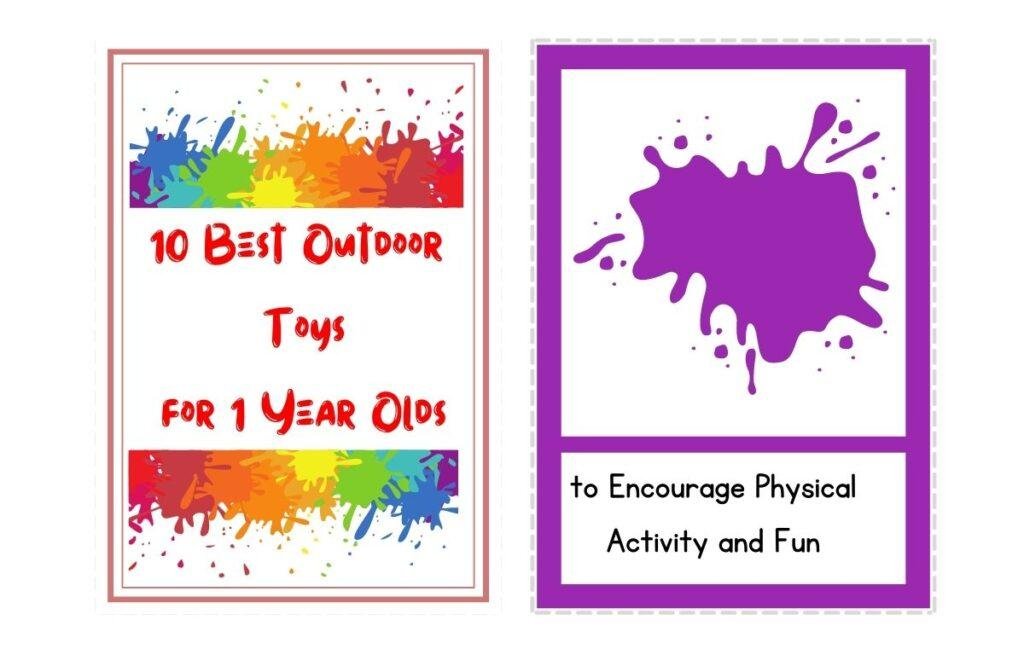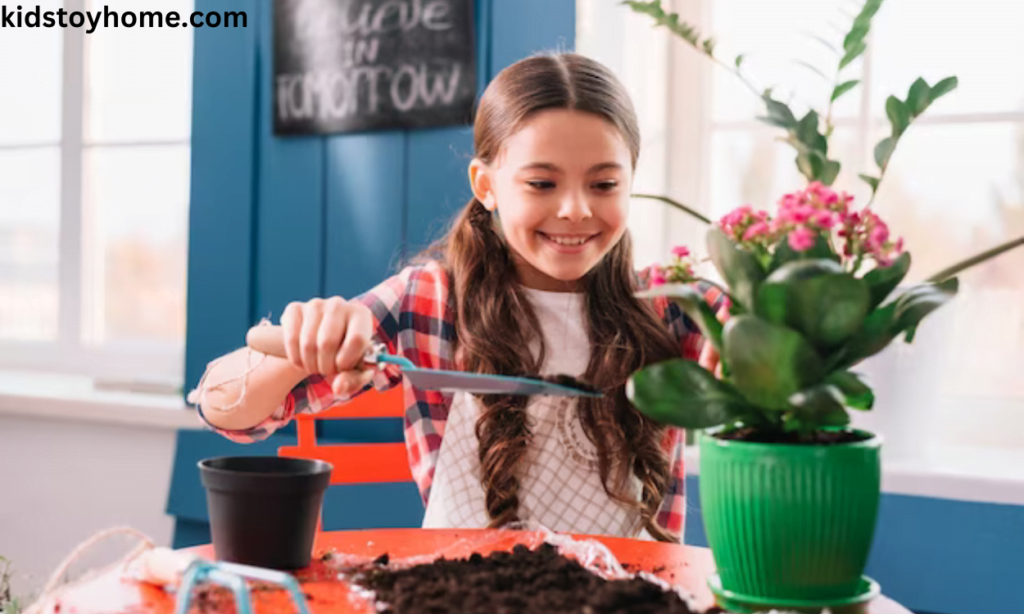Bath time is a delight for kids, but it can quickly become a breeding ground for germs and mold if their bath toys are not properly cleaned. These toys often remain moist and can trap soap residue, making them prime spots for bacteria to grow. The problem is even more concerning given that kids frequently put these toys in their mouths.
The solution to this issue is straightforward: regular and thorough cleaning. By implementing a consistent cleaning routine and using safe cleaning agents, you can ensure that your child’s bath toys are free from harmful contaminants.
To guarantee your child’s safety and maintain a hygienic bath environment, it’s crucial to adopt effective cleaning practices. Read on to discover detailed steps and tips on how to clean kids’ bath toys the right way.
Importance of cleaning bath toys
Cleaning bath toys is of paramount importance due to the potential risks posed by bacteria, fungi, and mold growth. When neglected, these toys can become breeding grounds for harmful microorganisms, leading to various infections. Bath toys are especially vulnerable because they are frequently exposed to warm water and the humid conditions of a bathroom, creating an ideal environment for mold and mildew to thrive.
A 2018 study shed light on the prevalence of biofilm and harmful microorganisms in bath toys. The study found that a significant number of bath toys harbored potentially dangerous bacteria, fungi, and other pathogens. This biofilm, a slimy layer of various microorganisms, not only makes the toys unsightly but also heightens the risk of infections, particularly in young children who are prone to putting these toys in their mouths.
The susceptibility of bath toys to mold and mildew is amplified by their repetitive exposure to water and the humid atmosphere of bathrooms. To mitigate these risks, it is crucial to clean and disinfect bath toys regularly. This emphasizes the importance of proper hygiene practices to prevent the proliferation of bacteria, fungi, and other pathogens, ensuring a safe play environment for children.
Potential health risks associated with dirty bath toys
Planning a successful project, event, or activity requires careful preparation and one of the foundational steps is to gather all necessary supplies. Whether you’re organizing a community event, embarking on a creative endeavor, or preparing for an outdoor adventure, having the right materials at hand ensures that everything runs smoothly. The following sections will guide you through the essential steps to efficiently gather the supplies you’ll need for your specific undertaking.

Gather Supplies
When preparing for an outdoor adventure, it is essential to gather the necessary supplies to ensure safety and comfort. First and foremost, a well-stocked first aid kit is crucial for addressing any medical emergencies or minor injuries that may arise during the trip. A reliable flashlight along with extra batteries are indispensable for navigating in low-light conditions or unexpected circumstances. Additionally, warm clothing is vital to protect against varying weather conditions and maintain body heat. Bringing sufficient food and water supplies is also key to staying energized and hydrated throughout the excursion
Gather Supplies
- Mild dish soap
- White vinegar
- Baking soda
- Bleach (optional, for deep cleaning)
- Warm water
- Toothbrush or small scrub brush
- Clean, dry towels
Gallon of water
To clean bath toys effectively, follow these simple steps using a gallon of water:
- Filling the Container: Start by filling a large container with a gallon of water. Ensure the container is sufficiently big to submerge all the bath toys completely. This allows the cleaning solution to reach all surfaces of the toys.
- Adding the Solution: Once you have a gallon of water in the container, add a mild soap or a disinfectant solution. A small amount of mild soap will work wonders, or if you prefer, a disinfectant solution can be used for a more thorough clean.
- Stirring the Mixture: Gently stir the water to mix in the soap or disinfectant solution. This ensures that the cleaning agents are evenly distributed throughout the gallon of water, providing a consistent cleaning environment for the bath toys.
By following these steps, you can maintain clean bath toys that are safe and hygienic for future bath times.
Warm water
Warm water is particularly effective in cleaning bath toys, owing to its ability to break down and dissolve dirt and grime more efficiently than cold water. When it comes to removing dirt and grime from the toys, warm water’s higher temperature helps to melt away residues, making the cleaning process quicker and more thorough. Furthermore, warm water proves to be gentler on sensitive materials like foam, ensuring that the toys remain intact and functional after each wash. By incorporating warm water into your cleaning routine, you can maintain your bath toys’ cleanliness and longevity.
Gentle Cleaning with Soapy Water
Cleaning bath toys with soapy water is a gentle and effective method to ensure they stay clean and free from harmful residues. This process uses biodegradable dish soap, making it safe for your children and environmentally friendly.
Filling a Container
- Start by filling a large container or basin with warm water. The warmth helps to loosen any dirt and grime, making it easier to clean the toys.
- Adding Biodegradable Dish Soap
- Add a few drops of biodegradable dish soap to the warm water. This type of soap is gentle on the toys while still being tough on dirt and bacteria.
- Submerging the Toys
- Submerge the bath toys in the soapy water. Let them soak for a few minutes to allow the soap to break down any stubborn residues.
- Scrubbing
- Using a sponge or cloth, gently scrub each toy, paying close attention to crevices where dirt can accumulate. Ensure that each toy is thoroughly cleaned by reaching all surfaces.
- Rinsing with Warm Water
- After scrubbing, rinse the toys under warm water to remove any soap residue. Make sure to rinse thoroughly to ensure that all soap is washed away.
- Air Drying
- Lay the toys out on a clean towel and allow them to air dry completely. This step is crucial to preventing mold and mildew growth.
Disinfecting
- Vinegar Solution: Mix equal parts of white vinegar and water. Soak the toys for about 15 minutes to disinfect.
- Bleach Solution (optional): For a deep clean, mix 1 tablespoon of bleach with 1 gallon of water.
Lay the toys out on a clean towel and allow them to air dry completely to prevent mold and mildew growth.
Maintenance Tips
- Store toys in a dry area.
- Squeeze out excess water after each use.
- Clean toys weekly to prevent mold buildup.
Conclusion
Ensuring that kids’ bath toys are clean is essential for maintaining a safe and healthy bathing environment. By regularly cleaning and disinfecting these toys, you can prevent the buildup of mold, bacteria, and grime.
Use a combination of mild soap, white vinegar, or baking soda to effectively clean the toys, and always rinse them thoroughly to avoid any residue. Allow the toys to dry completely between uses, as moisture can foster unwanted microorganisms.
By incorporating these simple yet effective cleaning practices, you can ensure that bath time remains a fun and hygienic experience for your children.
FAQs
How to get mold out of bath toys?
To remove mold from bath toys, start by soaking the toys in a mixture of equal parts white vinegar and warm water for about an hour. After soaking, scrub the toys thoroughly with a brush, particularly focusing on any crevices where mold might be hiding. Rinse the toys well with clean water and allow them to air dry completely before using them again. For toys with holes, ensure to squeeze out any trapped water to prevent future mold growth.
How long to boil bath toys?
Boiling bath toys is an effective way to sanitize them and kill any bacteria or mold that may have developed. To properly boil bath toys, fill a pot with enough water to fully submerge the toys. Bring the water to a rolling boil, then carefully place the toys in the boiling water.
Allow the toys to boil for about 5 minutes to ensure they are thoroughly sanitized. After boiling, use tongs to carefully remove the toys from the water and place them on a clean towel to air dry completely before their next use.
How often should I throw away bath toys?
Bath toys can be a breeding ground for mold and bacteria if not properly maintained, making regular inspection and cleaning crucial. Ideally, bath toys should be thrown away and replaced every six months to ensure they remain safe for children to use.
If you notice any signs of mold, discoloration, or damage before the six-month mark, it is best to discard the toys immediately. Additionally, regularly washing and thoroughly drying bath toys can help extend their lifespan and maintain a hygienic bathing environment for your kids.





